For today’s post, I have decided to tackle the benefits of zoos and aquariums. I was prompted to write this article when I saw The Rocks recent Instagram post of him posing with a sea lion. The comment section of this post was upsetting,
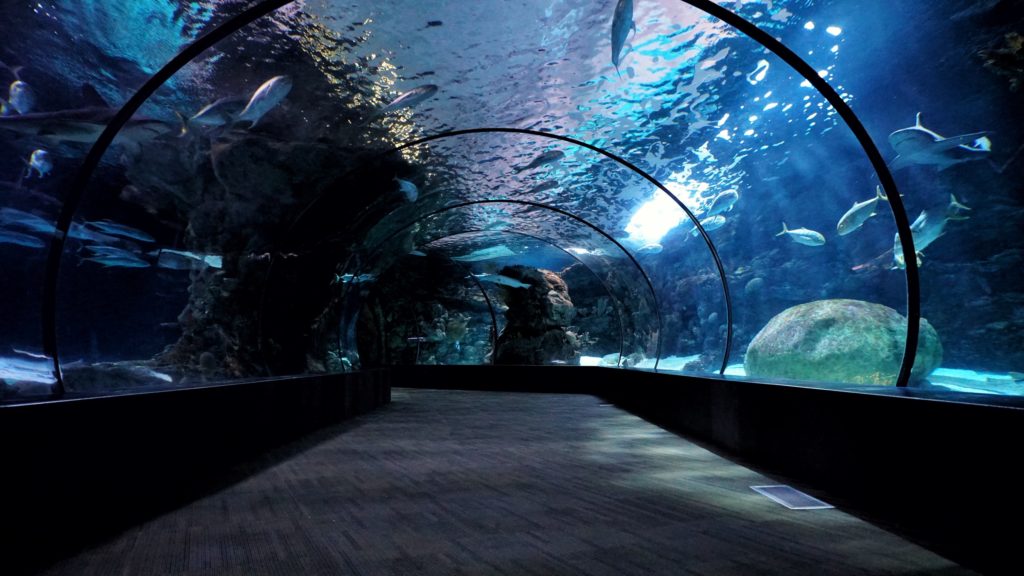
Debunking some Myths
Anyone who has ever worked in an animal care facility knows the complaints they always hear from members of the public. The vast majority of these complaints are really just myths and misconceptions perpetuated through the media, so I figured it would be good to get them out of the way before we dive into the deeper benefits of zoos and aquariums.
Zoo animals are all stolen from the wild
This is one common misconception that I hear from visitors all the time, “are zoo animals taken from the wild?”. Almost all the animals housed in Accredited facilities across North America and Europe began their lives in captivity as a product of another zoos breeding program. Zoos across the world organize their animals in complex breeding programs (we will cover The Species Survival Program later) that match individuals based on their genetics and history to assure that the populations of captive animals are managed correctly. One of the only times an animal is taken from the wild and placed into captivity at a zoo is generally a young or injured animal that was deemed unreleasable by veterinarians and biologists. The old practice of going out into the wild and pulling a snatch and grab from a mother gorilla is simply a thing of the past.
“This animal is lonely and needs a friend”
This is one I hear ALL THE TIME from visitors when they are passing an exhibit with only one animal inside. A lot of these problems stem from people anthropomorphizing animals they see in a zoo, humans are extremely social animals and one of the worst things you can do to us is put us in solitary confinement, but this is not the case for many animals. MANY animals in the wild are completely solitary and only spend time with one another to mate, examples of this include Tigers, Jaguars, Bears, Owls, Foxes and Sea turtles and many many more. These animals can be perfectly content living by themselves in zoos and it can often be very dangerous to house solitary animals together as it may result in violence. If you see an animal that is not naturally solitary living by itself in an exhibit you can rest assured that the facility is scouring the network of other zoos and aquariums to try and find this animal an exhibit mate.
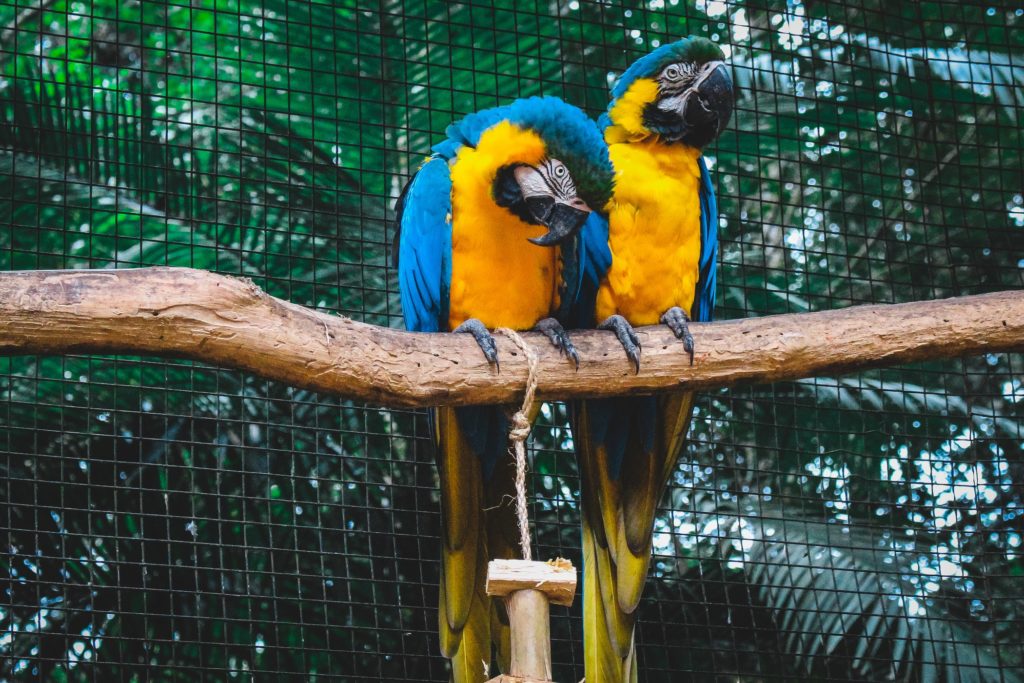
Animals would always be happier in the wild
This is one that is up for interpretation and is impossible to say with 100% certainty due to the fact that we cannot read the animals mind to tell whether it is “happy” or not. One thing we can do is assess an animals behaviour based on what we know to be normal for that animal and we can mitigate behaviours that we know to be caused by stress or boredom, such as Stereotypic behaviours. One thing that we do know for certain is that being a wild animal is not always a walk in the park. Your day as a prey species would be spent trying to find food so you don’t starve while at the same time trying not to get eaten by a predator. Being eaten by a predator more often than not the furthest thing from a “clean kill” or “humane” as that predator is also just trying to stay alive by any means necessary. Even if you get away from the predator, even a minor injury can become infected and result in a long slow death. One of the benefits of zoos and aquariums is that we can assure all of our zoo animals will be safe from predators and will have access to adequate food, water, and medical attention. Access to these amenities often means that zoo animals will live far longer in captivity then they would in the wild. This is especially apparent for animals where climate change and habitat loss is making living in the wild more and more difficult with each passing year. All zoos strive to make their exhibits as close to the animal’s natural environment as they possibly can, as well as trying to ensure the animal is stimulated both physically and mentally.
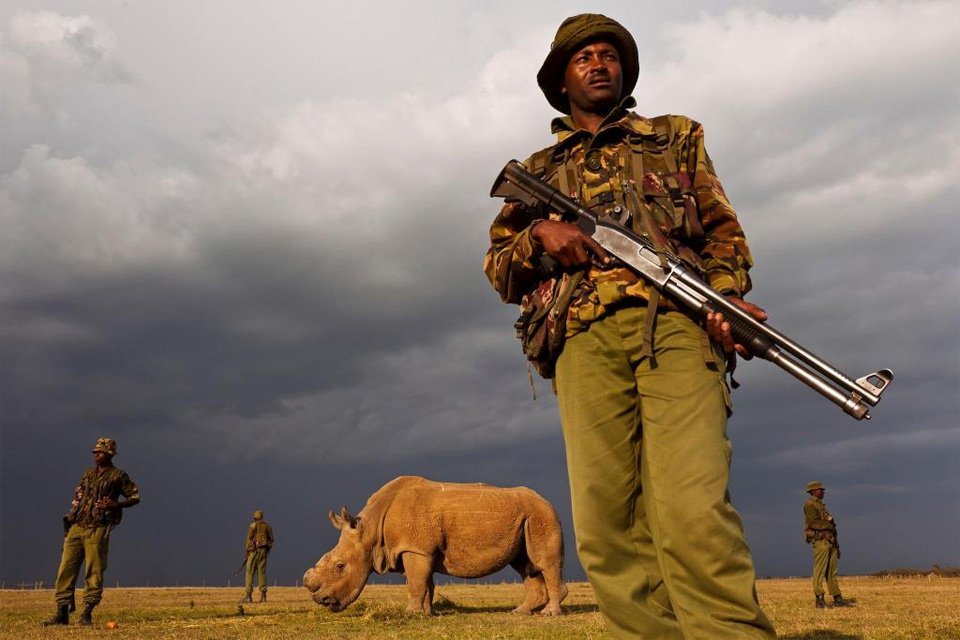
Captive animals are not cared for properly and are simply entertainment
Well, we can answer this common misconception with a blog post I wrote a while ago, about how to become a zookeeper. As you can clearly see from that post, almost all zookeeping positions require the keepers to possess a bachelors degree in biology/ zoology and are extremely competitive. This competitiveness means that zoos can be extremely picky about who they hire, and only hire the best to take care of their animals. Being a zookeeper is also not a high paying job which means that almost all of the people who pursue that line of work are doing so out of love of the animals and their work. This passion and selectiveness which results in an extremely high standard of care for the animals in a zoo and this is one of the huge
Accreditation
As I mentioned in the above paragraph, many of the zoos and aquariums in North America have to go through a rigorous accreditation process from a governing body such as AZA (Association of Zoos and Aquariums) or CAZA (Canada’s Accredited Zoos and Aquariums). Being accredited by these organizations has many benefits to the zoo or aquarium including, letting members of the public know that the animals at this facility are being held to the highest standard of care, access to a large database of other accredited facilities animals for exchanges, and potential government and grant funding for research and development, just to name a few. These accreditation bodies really help ensure that an animal moving between accredited facilities are going to receive the same standard of care no matter where they go. So next time you are travelling to a new city or looking for a zoo in the city that you live in, check to make sure they are accredited by a recognized institution or do some research to ensure you are supporting a facility with only the highest standard of care.
Conservation
One of the main benefits of zoos and aquariums is that they provide immense support to global conservation efforts through captive breeding programs as well as research programs. In an ever-changing world faced with global challenges such as climate change and habitat loss, conservation efforts are crucial to ensure that endangered and extirpated species do not reach the point of extinction and continue to thrive in their natural ecosystems for generations to come.
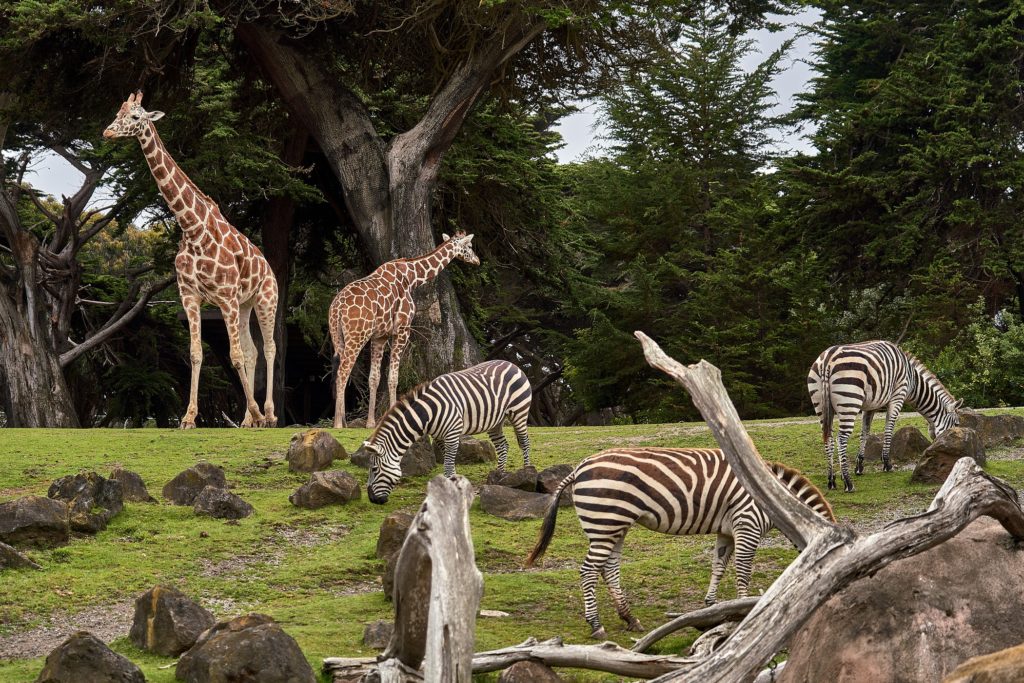
The Species Survival Program
The Species Survival Program (SSP) is the single most important thing zoos and aquariums take part in my opinion. This program, created by the Association of Zoos and Aquariums in 1981, is a comprehensive species management plan the oversees a variety of species populations within other AZA institutions. The main objective of this program is to manage populations of a particular species in multiple zoos to ensure that the population has the opportunity to thrive both in captivity and in the wild. Each plan is closely monitored by professionals called a Taxon Advisory Groups (TAG) that ensure individual animals are being paired for breeding with an appropriate mate as well as being housed at a facility where they have the greatest chance of success. They do this through a complex database of potential mates called a “Studbook” and using these studbooks they are able to create breeding and transfer plans for each individual species. This is a very large undertaking as there are currently almost 500 SSP’s in place in North America and many more throughout the world such as WAZA and EAZA. It is through these complex programs that zoos have aided in bringing a number of species back from the brink of extinction which is next on our list of the benefits of zoos and aquariums.
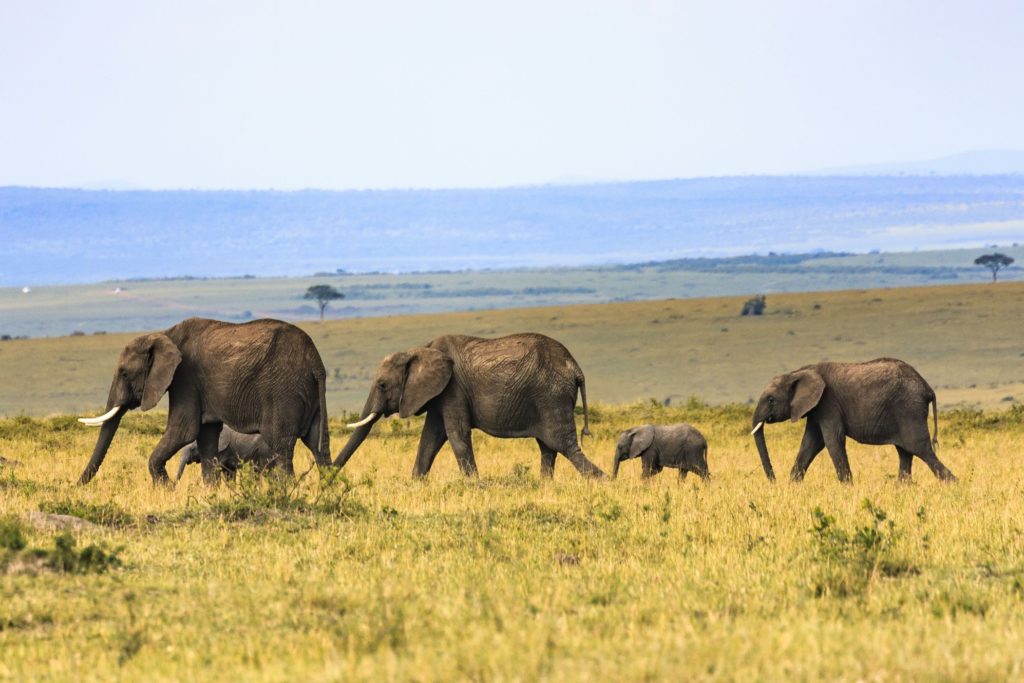
Zoo Success Stories
The continued effort of zoos and aquariums in the conservation of endangered species has resulted in many species coming back from endangerment and even extirpation. Heres a few examples of some conservation success stories that came about due to the hard work of zoos and aquariums.
Arabian Oryx
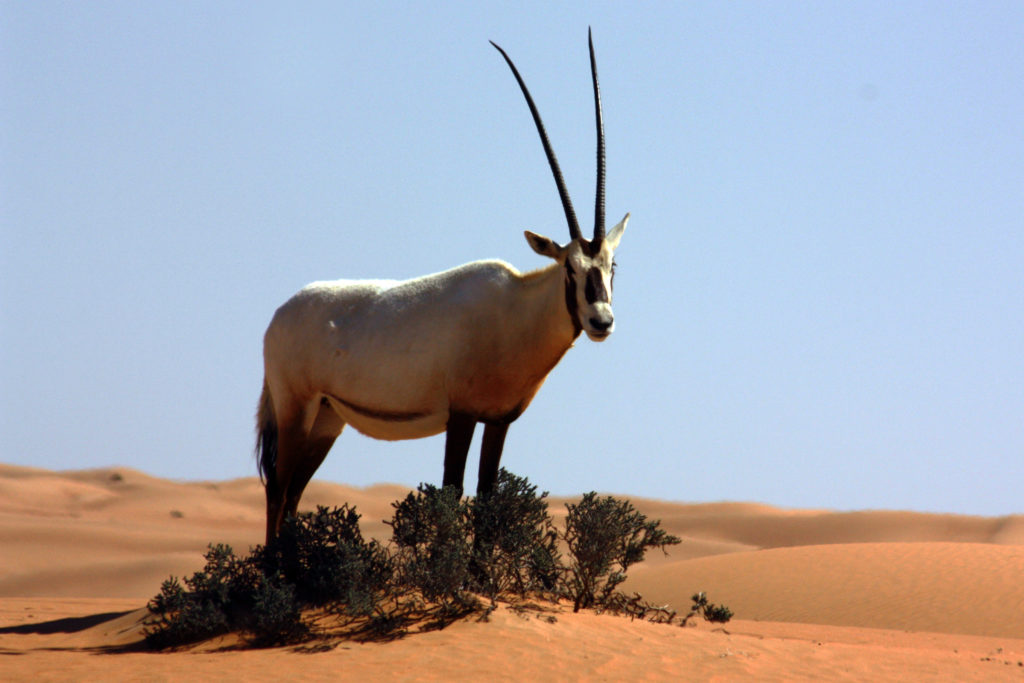
This majestic antelope often called the “Unicorn of the desert” once inhabited the entire Arabian Penisula from Iraq to Syria was completely wiped out from the wild after the last small group was either captured or killed in the 1970s. This once widespread animal was hunted by the native people of the area and was only wiped out due to human encroachment when oil companies brought roads and excessively wasteful hunting parties, the Oryx was fast but not faster than a westerner with a gun and a car. Luckily for the Oryx, conservationists predicted the wild population’s demise and managed to capture several individuals in an expedition called “Operation Oryx”. These individuals were then housed at The Phoenix Zoo in Arizona and were joined by several individuals from private collections and the London Zoo. This group had several calves in the first year and the breeding program was expanded to Los Angeles Zoo, Gladys Zoo, and San Diego Wild Animal Park in order to keep the population genetically diverse. After several years of captive breeding, Oryx were slowly released in small herds into Oman in 1982 and then to Jordan and then Saudi Arabia. Today there are over 1000 Oryx living in the wild or in Nature reserves and over 7000 living in zoo breeding programs across the world.
Przewalski Horse
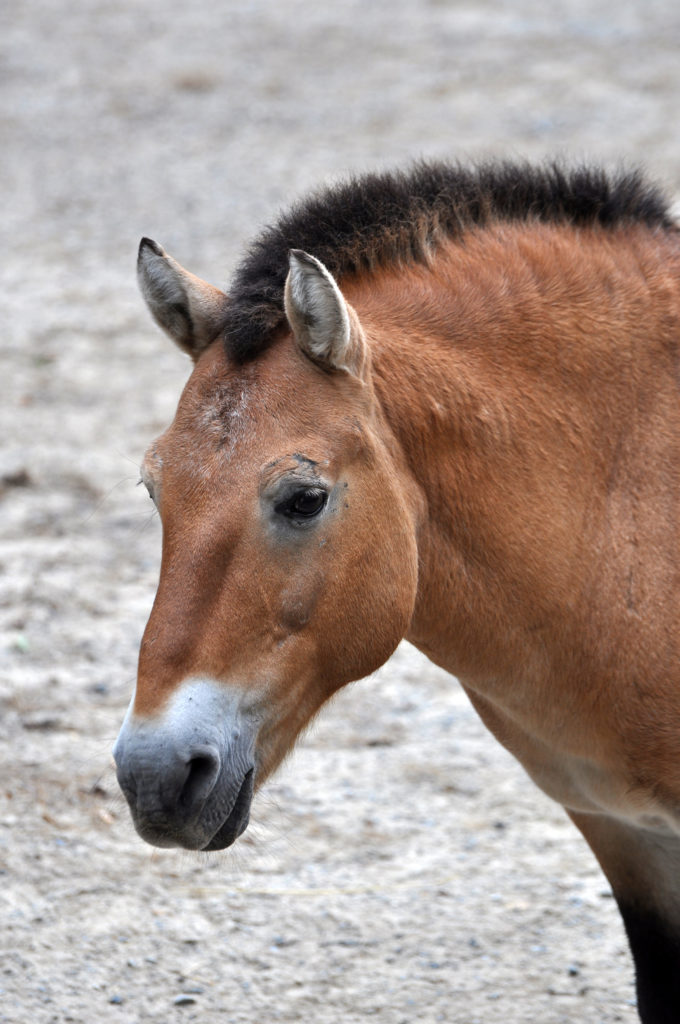
The Przewalski Horse, named after the Russian explorer Nikołaj Przewalski but often called
As you can clearly see from the examples above and many other examples, one of the main benefits of zoos and aquariums is their ability to literally save species from the brink of extinction and start a healthy wild population again. With the ever-changing wild landscape being ripped apart by climate change and habitat loss, captive breeding programs are needed more
Education
Another one of the main benefits of Zoos and Aquariums is their education programs within the facility that engage visitors in a variety of conservation and environmental messages. Almost all facilities have interpretive signage at every exhibit that tells the visitor a bit about the animal in the exhibit as well as any threats facing the animal in the wild. Being able to put a face to the cause is much more likely to have an impact on an individual then an advertisement campaign, for example, if a person sees an amazing orangutan and her baby, they might think twice about buying products that contain palm oil or damage the rainforest. Another great part of zoo education programs is the hands-on and close encounters with various animals they get during camps and keeper talks, being able to see that snakes aren’t the slimy evil creatures that a lot of people think they are, this can really have a profound impact on how the public views them. Speaking of kids camps, they are fantastic education programs in zoos, I attended one when I was a kid and it really helped foster a love of animals and had a profound impact on what I’m doing today (being a zookeeper and all), showing kids amazing animals up close is a valuable way to get the next generation to care deeply about conservation efforts and in turn, the environment as a whole.
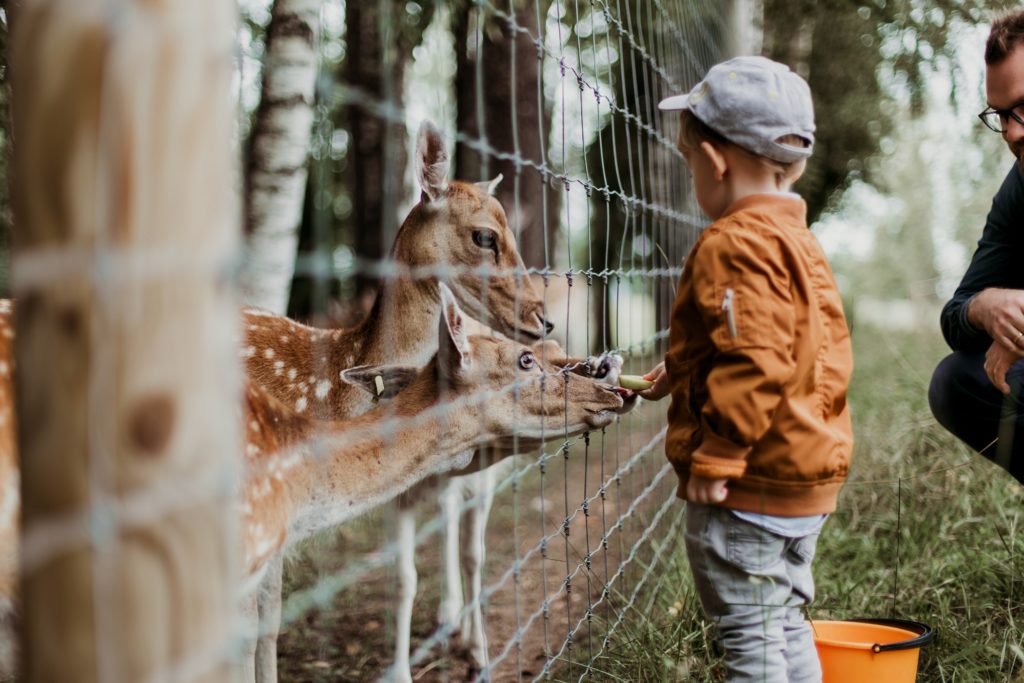
Research
AZA and other accreditation bodies often provide research grants to zoos so they can do valuable research on their captive populations that may benefit the wild populations of the same species. Having access to captive populations of animals can be extremely beneficial to researchers as they don’t have to go traipsing around the jungle and other potentially inaccessible environments to find the animal, and can also easily manipulate conditions and view them 24/7. Some animals are almost impossible to find in the wild, therefore a captive population is invaluable to researchers as they don’t need to blow their whole budget trying to even locate the animal. Some successful research programs housed at zoos include the Manatee Research Program located at MOTE marine laboratory and aquarium as well as the Leatherdale International Polar bear Conservation Center located at the Assiniboine Park Zoo. The research done by zoos and aquariums around the world helps us better understand a species as well as plan and mitigate threats faced by species as well as set up effective captive breeding programs like the ones explained above. This research is critical to the survival of all threatened species on earth and is one of the largest benefits of zoos and aquariums around the world.

The Benefits of Negativity
Based on the information above it is clear that zoos and aquariums benefit the world immensely and are vitally important to the future of conservation and survival of many species around the world. The main benefits of zoos and aquariums include Conservation, Education and Research programs that are designed to preserve and protect wild populations of animals as well as educate the public about the threats that face them. I also see it as a benefit that zoos and aquariums receive so much criticism and hate as I believe that constantly being under the microscope forces the zoo community to constantly evaluate and refine their practices and what they stand for and this drives positive change within facilities. I have to say, after several years of working in zoos and aquariums, I’m proud and feel very fortunate, to be a part of such an amazing community and I know that this community will continue to have a dramatic impact on the survival of species all over the world for years to come.

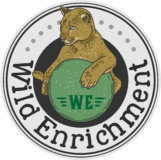
Fantastic post. Zoos and aquariums are so misunderstood. I now have a new go-to article when some complains. Thanks!
Thanks, Ron! I really appreciate the feedback!
Thank you for this post this helped me soo much for my child debate competition
tanks this article was great for my debate in my english class about if zoos are cruel and should be banned
Im literally doing that for an English project right now. I guess debate topics havent changed much in the curriculum XD.
Thank you this is very helpful for my class ^_^
Thank you Kyle! I am writing a paper about the benefits of zoos, and this was very helpful! I myself volenteer at my local zoo and want to study zoology in college, to become a zoo keeper. It is very helpful to have this kind of imformation in my head while I volenteer at a zoo, because I can more easily answer any questions our guests have about this issue.
Thanks!:)
One more question, what zoo do you work at?
Hi Aubrey! Thanks so much for reaching out, I’m so glad you found the article helpful. I currently work at the Toronto Zoo.
Great article. I am a volunteer at an accredited zoo and this article is an easy distillation of “why zoos matter”
Thank you so much for this article, I’m in my school’s debate team and I needed this for my evidence, super helpful!
Thanks! This post helped me in composing my write up that had to oppose the fact that zoos should be banned. Apart from that it is good that you are helping people see both sides of the coin.
Daksh S.
You made a good point when you said that one of the benefits of petting zoos is that it opens the mind of other people on how to view animals they normally fear. My brother is deathly afraid of snakes. Perhaps I should take him to a petting zoo soon so he could face his fears. Thanks.
Hi Kyle! Thanks so much for taking time and writing this amazing article. This is a great help to my research paper that I am writing for my senior comp class on why zoos are a good place for animals. As someone who is strongly passionate about zoos and the future for animals, I am really wanting to inform people about the benefits of zoos, and this is just the beginning to my future in wanting to study zoology and animal behavior for my goal career as a zookeeper! You really helped with bringing up some great points!
Happy to help! Thank you for the kind words. Good luck with your career!
Pingback: Why Zoos Are Good For Animals? – Ploverbirds.com
Back when I was still a child, I remember that going to the zoo and staring at the vast aquariums made me amazed. Thanks for the information when you mention that zoos organize their animals in complex breeding programs that match individuals based on their genetics and history to ensure that the populations of captive animals are managed correctly.I strongly believe that the main benefits of zoos and aquariums are that they provide immense support to global conservation efforts through captive breeding and research programs. In an ever-changing world faced with global challenges such as climate change and habitat loss, conservation efforts are crucial to ensure that endangered and extirpated species do not reach the point of extinction.
Pingback: 10 Jobs That Allow You to Work With Animals - Careerbright.com
Thank you for this article! It’s a great resource (especially with all the links) for my Grade 7 argument on whether zoos should be banned.